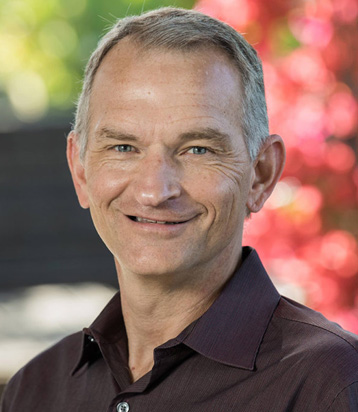Measuring the spatial resolution of an optical system in an undergraduate optics laboratory
Calvin Leung and Thomas D. Donnelly* Measuring the spatial resolution of an optical system in an undergraduate optics laboratory (PDF) […]

A century ago, the shortest time interval that could be measured, a millisecond, was available from streak-recording methods, and by 1965 the capabilities of high-frequency electronic circuitry had reduced this limit to a nanosecond. The time-resolution limit dropped precipitously after 1965 due to the invention of the laser and is now less than 1 fs (10-15s). These ultrafast laser pulses provide a tool for exploring nature in a previously inaccessible time domain; the evolution of nonequilibrium materials can be resolved, chemical reactions can be controlled, phase transitions can be monitored, and energy can be impulsively deposited into materials to create high-energy-density states of matter.
The Donnelly group carries out experiments to study the interaction of high-intensity laser light with novel microstuctured targets. We develop machines that are capable of producing novel micron and sub-micron sized targets that are developed to study topics such as laser-driven nuclear fusion and the heating mechanisms which allow laser energy to be absorbed on short timescales by solid-density materials. We build, characterize, and do science with our machines at Harvey Mudd, as well as with our collaborators at the University of Texas at Austin where we have access to some of the most powerful laser systems ever built.
Calvin Leung and Thomas D. Donnelly* Measuring the spatial resolution of an optical system in an undergraduate optics laboratory (PDF) […]
C. J. Price, Thomas D. Donnelly, S. Giltrap, N. H. Stuart, S. Parker, S. Patankar, H. F. Lowe, D. Drew, […]
Andrew P. Higginbotham, Andrew J. Bernoff, Aaron M. Guillen, Thomas D. Donnelly, and Nathan Jones Evidence of the harmonic Faraday […]